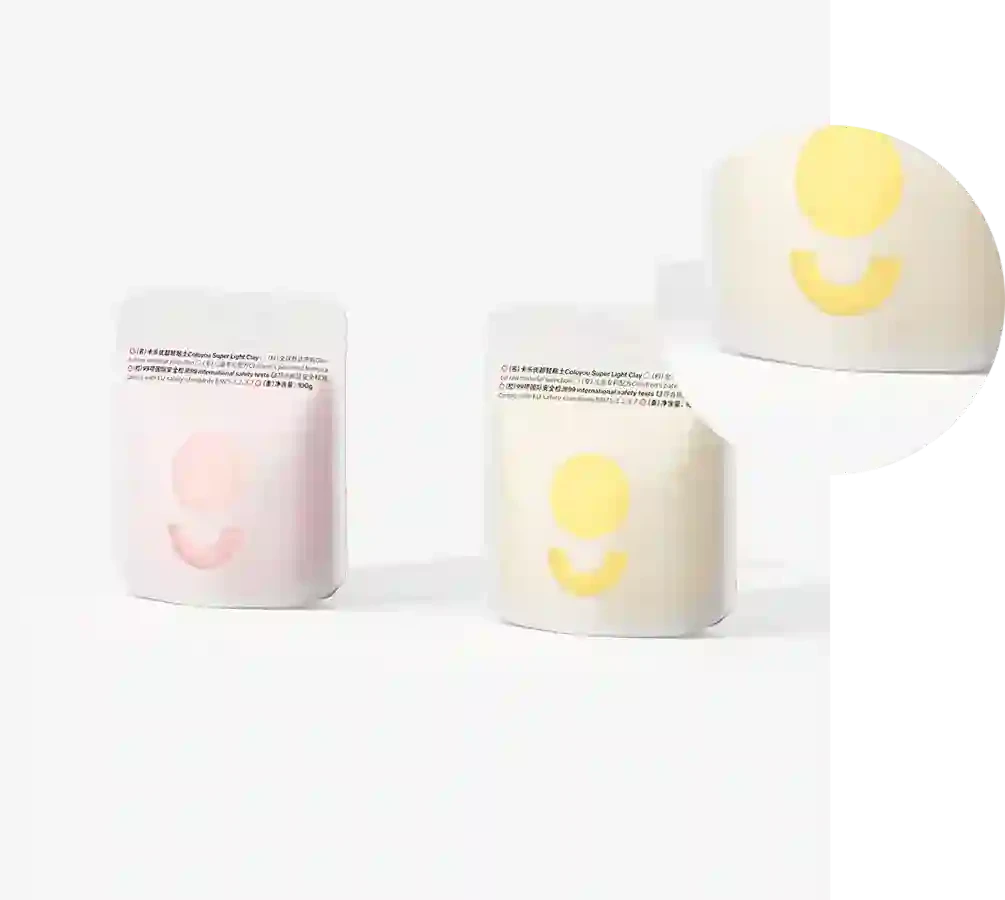- Afrikaans
- Albanian
- Amharic
- Arabic
- Armenian
- Azerbaijani
- Basque
- Belarusian
- Bengali
- Bosnian
- Bulgarian
- Catalan
- Cebuano
- chinese_simplified
- chinese_traditional
- Corsican
- Croatian
- Czech
- Danish
- Dutch
- English
- Esperanto
- Estonian
- Finnish
- French
- Frisian
- Galician
- Georgian
- German
- Greek
- Gujarati
- haitian_creole
- hausa
- hawaiian
- Hebrew
- Hindi
- Miao
- Hungarian
- Icelandic
- igbo
- Indonesian
- irish
- Italian
- Japanese
- Javanese
- Kannada
- kazakh
- Khmer
- Rwandese
- Korean
- Kurdish
- Kyrgyz
- Lao
- Latin
- Latvian
- Lithuanian
- Luxembourgish
- Macedonian
- Malgashi
- Malay
- Malayalam
- Maltese
- Maori
- Marathi
- Mongolian
- Myanmar
- Nepali
- Norwegian
- Norwegian
- Occitan
- Pashto
- Persian
- Polish
- Portuguese
- Punjabi
- Romanian
- Russian
- Samoan
- scottish-gaelic
- Serbian
- Sesotho
- Shona
- Sindhi
- Sinhala
- Slovak
- Slovenian
- Somali
- Spanish
- Sundanese
- Swahili
- Swedish
- Tagalog
- Tajik
- Tamil
- Tatar
- Telugu
- Thai
- Turkish
- Turkmen
- Ukrainian
- Urdu
- Uighur
- Uzbek
- Vietnamese
- Welsh
- Bantu
- Yiddish
- Yoruba
- Zulu
What Materials Are Used to Create PLA Filament for 3D Printing?
What is PLA Made Out Of?
Polylactic Acid (PLA) is a biodegradable thermoplastic made from renewable resources, primarily derived from corn starch or sugarcane. As the demand for sustainable materials has surged in recent years, PLA has gained popularity in various applications, particularly in 3D printing, packaging, and disposable items. This article explores the composition, properties, production process, and applications of PLA.
Composition of PLA
PLA is a polymer, which means it is composed of long chains of molecules made up of repeating units called monomers. The primary monomer used in the production of PLA is lactic acid. Lactic acid can be produced via two main pathways fermentation of carbohydrates or chemical synthesis. The fermentation process usually involves converting sugars from corn starch or sugarcane into lactic acid using bacteria. The resulting lactic acid is then polymerized to form PLA.
The purity of the lactic acid used plays a crucial role in determining the properties of the final PLA product. High-purity lactic acid results in a PLA that has better mechanical properties and is more suitable for certain applications. Furthermore, the ratio of D-lactic acid to L-lactic acid during production can influence the characteristics of PLA, such as biodegradability and thermal properties.
Production Process
The production of PLA begins with the extraction of carbohydrates from renewable resources, mainly corn or sugarcane
. Here’s a breakdown of the general production process1. Fermentation Carbohydrates are converted into glucose and subsequently fermented by bacteria to produce lactic acid. 2. Purification The raw lactic acid is purified to remove impurities that could negatively affect the properties of the final product. 3. Polymerization The purified lactic acid undergoes a polymerization reaction, commonly through a process called ring-opening polymerization, which forms long chains of PLA. 4. Pelletization The resultant PLA is cooled and formed into small pellets for easy handling and transportation.
The entire process is relatively eco-friendly, especially when compared to conventional petroleum-based plastics, underscoring PLA's sustainable credentials.
what is pla made out of

Properties of PLA
PLA boasts several advantageous properties that make it a favorable alternative to traditional plastics
- Biodegradability One of PLA's most significant attributes is its biodegradability. Under industrial composting conditions, PLA can decompose in approximately 90 to 180 days, breaking down into natural substances like carbon dioxide and water. - Mechanical Strength PLA exhibits good mechanical properties, including tensile strength and flexibility, making it suitable for various applications, from 3D printing filaments to packaging materials. - Low Carbon Footprint Being derived from renewable resources, PLA has a considerably lower carbon footprint compared to traditional plastics, which are made from fossil fuels. - Thermal Properties PLA has a relatively low melting point (around 160-180°C), which limits its use in high-temperature applications but makes it ideal for items that do not need to withstand extreme heat.
Applications of PLA
Due to its environmentally friendly nature and versatile properties, PLA is utilized across multiple industries. Some notable applications include
- 3D Printing PLA is a popular choice among hobbyists and professionals for 3D printing due to its ease of use, low odor, and vibrant color options. - Packaging Many companies are turning to PLA for food packaging, cutlery, and disposable items, as it presents a sustainable alternative to conventional plastics. - Medical Applications PLA is used in the medical field for biodegradable sutures, drug delivery systems, and tissue engineering scaffolds due to its biocompatibility. - Consumer Products Eco-friendly products, such as compost bins, phone cases, and utensils, are increasingly made from PLA as consumers become more environmentally conscious.
Conclusion
PLA has emerged as a pioneering material in the drive toward sustainability. With its origin from renewable resources, biodegradability, and favorable properties, it offers a viable alternative to traditional plastics across various applications. As innovation in material science continues to grow, PLA is likely to play a pivotal role in shaping a more sustainable future. By shifting towards materials like PLA, industries can reduce their environmental impact and contribute to a healthier planet.













